





scrolL
07
06
05
04
03
02
01
07
06
05
04
03
02
01

04 A HOLISTIC APPROACH
Employers often fail to offer all of the tax-deferred programs available:
02 MISSED OPPORTUNITIES

In today’s competitive labor market, employers are under increasing pressure to deliver more value to employees while managing costs and compliance. Yet, many overlook a powerful lever hiding in plain sight: tax-advantaged benefit strategies.
Unlocking Hidden Value:
Leveraging a Tax-Advantaged�Benefit Strategy




17.9
%
78.2
%
93.8
%
0%
05%
10%
15%
20%
35%
30%
25%


Tap each item
2025





Employers can save up to $1,262 per employee annually by maximizing participation in tax-advantaged benefit accounts.1
Did you know?
Missed Opportunities With Siloed Benefits
Traditionally, health and retirement benefits have been managed in separate silos — leading to missed opportunities for both employers and employees – including:
Failing to maximize participation in pre-tax programs can result in unnecessary payroll�tax liability.
Employers pay 7.65% in FICA taxes on wages that could otherwise be sheltered through these programs.
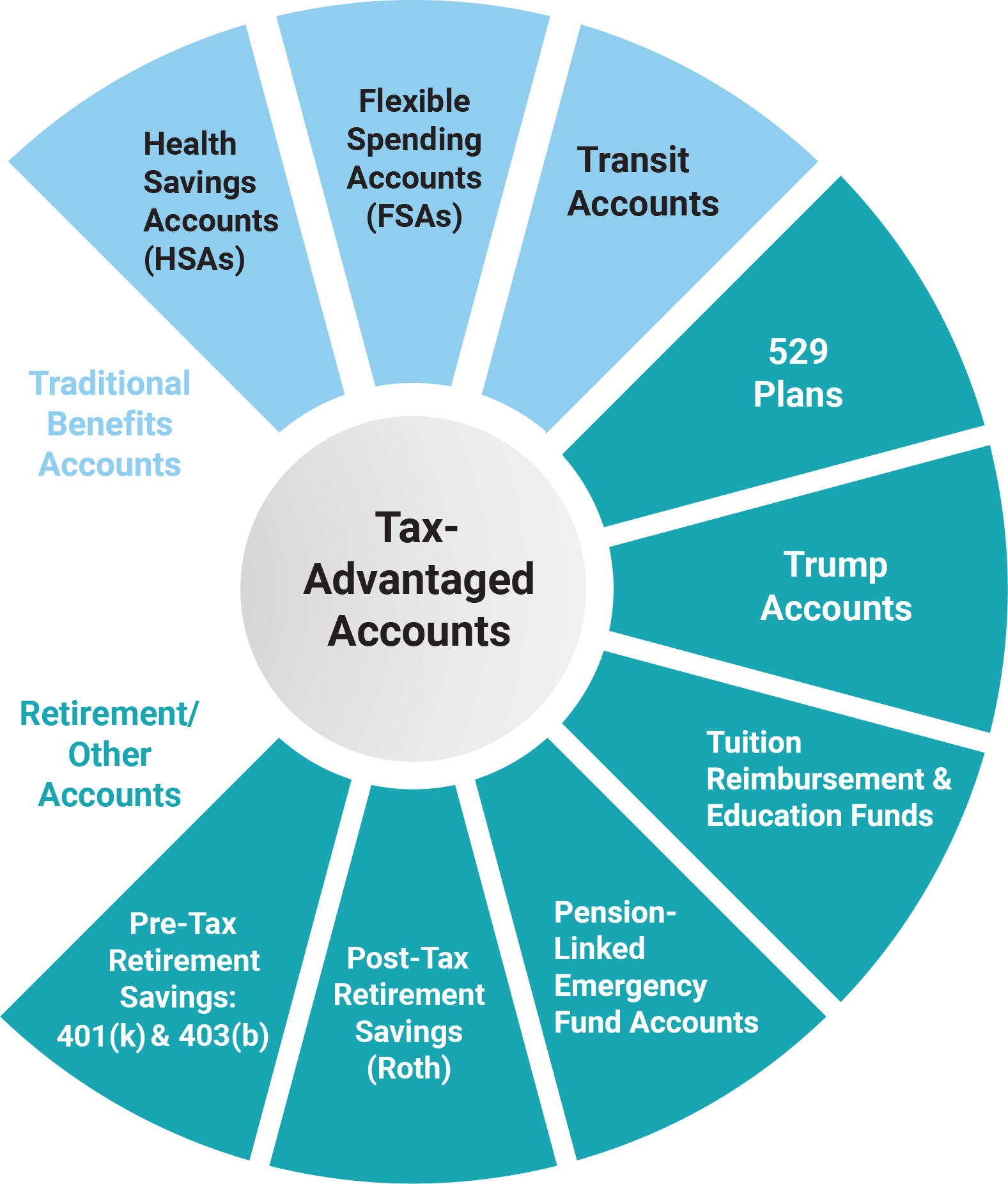
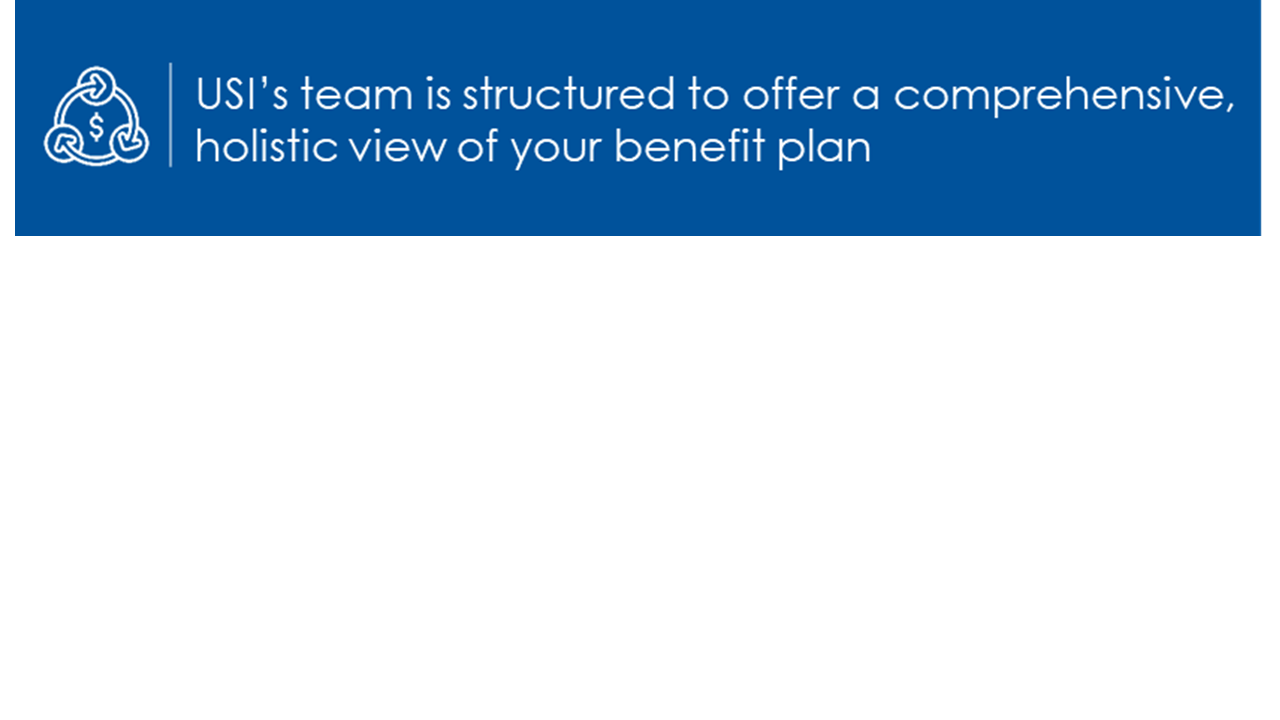
USI’s team is structured to help employers design comprehensive, holistic strategies across all benefit offerings.

01 A SMARTER BENEFIT STRATEGY

Reduce employer tax liability by up to $1,483 per employee annually1
A Comprehensive Approach to Tax Efficiency
USI’s integrated consulting model embeds retirement expertise within our employee benefits team. This alignment enables our tax-advantaged benefit specialists to help employers design and implement comprehensive strategies that:


Improve plan participation and nondiscrimination testing

Educate employees on optimizing their “next best dollar” across tax-advantaged accounts
With an estimated $172,500 of health care costs in retirement,3 an HSA offers powerful advantages:
Triple tax benefit: No taxes going in, no taxes while growing and no taxes coming out for qualified medical expenses
Flexibility after age 65: Use HSA funds for non-medical expenses; withdrawals are taxed as income like a 401(k)
HSA vs. 401(k):
The Smarter Way to Save for Health and Retirement 2
HSA’s Superior Spending Power
03 INTEGRATED BENEFITS STRATEGY
05 tHE POWER OF hsa








HSA
401(k)
Assets
Investable
Investable
Contributions
Not Taxed
FICA taxed
Earnings
Not Taxed
Not taxed
Distribution for qualified medical expenses
Not Taxed
Taxed (as ordinary income)
Distribution for nonqualified medical expenses
Taxed (as ordinary income after age 65)
Taxed (as ordinary income after age 59-1/2)
Require minimum distribution
Never
Yes (age 72)
Balance at age 60
$300,000
$300,000

Spending Power
$300,000 (qualified distributions are not taxed)
$234,000 (distributions are taxed)
�$66,000
HSA Savings (compared to 401(k))
MAXIMUM�participation:
Up to $1,262
per employee
ENHANCED
$500–$600
per employee
AVERAGE participation:
$300–$400
per employee

HSA
1

Pre-Tax 401(k)/403(b)
2

Roth 401(k)
3

Additional Tax-Advantaged Accounts
4

Unlock Triple Tax Advantages and Unmatched Flexibility
A $300,000 HSA balance at age 60 has $66,000 more spending power than a 401(k) of the same size.5
Example
HSA
Contributions are tax-free
Funds grow tax-free
Withdrawals for qualified medical expenses are tax-free
Build Retirement Readiness While Reducing Tax Liability
Broader participation saves employers hundreds per employee in payroll taxes annually and helps plans pass nondiscrimination testing.
Pre-Tax 401(k)/403(b)
Pre-tax retirement savings help employees lower their taxable income today while building for tomorrow.
Enjoy Tax-Free Income in Retirement
Tax-free growth
Tax-free withdrawals in retirement
No required minimum distributions
No income limits
Higher contribution limits
Diversify your tax strategy with both pre-tax and Roth options.
Roth 401(k)
Expand Your Strategy Beyond Retirement
FSA
Transit Account
Emergency Savings Account
529 Plan
Tuition Reimbursement & Education Funds
Trump Account (2026+)
A well-rounded strategy improves employee engagement and reduces employer tax liability.
Additional Tax-Advantaged Accounts
Designing a tax-advantaged benefit strategy isn’t about checking boxes – it’s about unlocking the maximum value for your organization and your employees.
Let’s Build Your Strategy Together
Lorem ipsum dolor sit amet, consectetur adipiscing elit, sed do eiusmod tempor incididunt ut labore et dolore magna aliqua. Ut enim ad minim veniam, quis nostrud exercitation ullamco laboris nisi ut aliquip ex ea commodo consequat.

Learn More
1 Based on 2026 federal maximums, assuming the employee maxes out single HSA, limited purpose FSA, dependent care FSA and transportation accounts.
2 HSA is only available to enrollees in a Qualified High-Deductible Health Plan (QHDHP). This is illustrative of the federal tax treatment of HSA contributions. Some state income tax laws, like California and New Jersey, may treat HSA contributions differently.
3 $172,500 is the estimated cost of health care in retirement for a 65-year-old. Source: Fidelity Investments, 2025 Retiree Health Care Cost Estimate, July 2025.
4 As it relates to the health FSA that references a limited purpose or post-deductible.
5 HealthEquity, HSA Investment Guide, 2025.
Tax savings presented here are illustrative only and do not reflect actual savings. Actual savings will be dependent on a number of factors, including member participation, actual contributions, and performance of nondiscrimination testing. This information is provided solely for educational purposes and is not to be construed as investment, legal or tax advice. Prior to acting on this information, we recommend that you seek independent advice specific to your situation from a qualified investment/legal/tax professional.
© 2025 USI Insurance Services. All rights reserved.
Fill out the form below and we can complete the analysis together to estimate your opportunity.
Maximize tax-advantages of HSA & 401(k)/403(b) by optimizing engagement


Implement automatic enrollment and escalation
Offer at least one HDHP option
Consider HSA match
Partner with an HSA vendor that makes spending, saving and investing easy for users
Offer additional savings vehicles
Emergency savings account
Offer additional tax-advantaged benefits
General and Limited Purpose FSAs that extend to qualified plan maximums
Round out rewards portfolio with asset protection
Access supplemental insurance
Provide navigation support and tools
Consistently deliver financial education
EMPLOYER STRATEGIES
Strategies ALL EMPLOYERS should consider
Get the FREE money
HSA up to employer match
401(k) up to employer match
Save for the FUTURE
401(k) above employer match
Emergency savings account
MINIMIZE tax impact on
out-of-pocket costs
Health and dependent care FSA4
PROTECT assets
Supplemental insurance
EMPLOYEE STRATEGIES





Early Career

Establishing
Career
Mid-to-Late
Career

Nearing
Retirement
Strategies ALL EMPLOYEES should consider
06 sTRATEGIES TO CONSIDER
07 Tax-Deferred programs
08 FINANCIAL IMPACT
Maximizing Tax-Deferred Engagement
08
08



Example

Example

Example

Maximum�Participation
Up to $1,483�per employee1
Enhanced�Participation
$500-$600�per employee
Average�Participation
$300-$400�per employee
Quantifying the Financial Impact
Employers who adopt a tax-advantaged strategy can expect to see these estimated tax advantages:
Fully leverage TRIPLE
tax-advantaged HSA
Max out HSA for the future OR spend on eligible healthcare expenses

Did You Know?
Employers can save up to $1,483 in federal taxes annually for each employee who fully utilizes their tax-advantaged benefit accounts.1







































Early Career

Establishing
Career

Mid-to-Late
Career

Nearing
Retirement
Click on the tiles below to learn more.












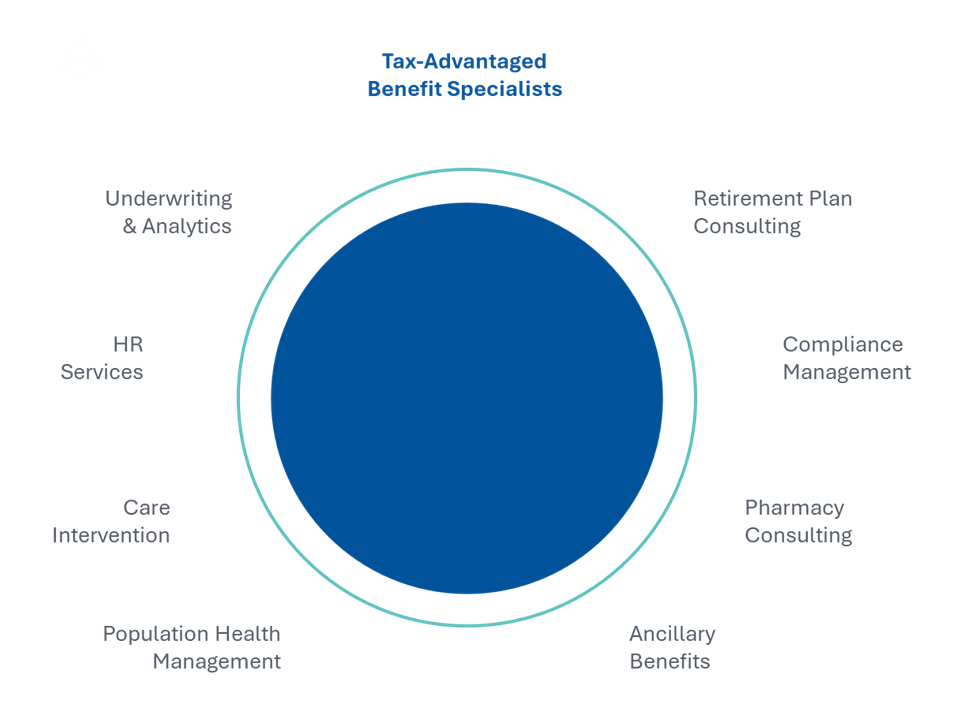

Reduce employer tax liability by up to $1,262 per employee annually1

Improve plan participation and nondiscrimination testing
3 / 4
$36K
Premium
savings
2 / 4
0.94
Reduced e-mod
based on
evaluation
1.07
Original workers'
compensation
e-mod




1 / 4
At USI, we’ve reimagined how employers can integrate their health and retirement benefits strategies to reduce tax liability, boost employee engagement, and enhance financial wellness across the workforce.
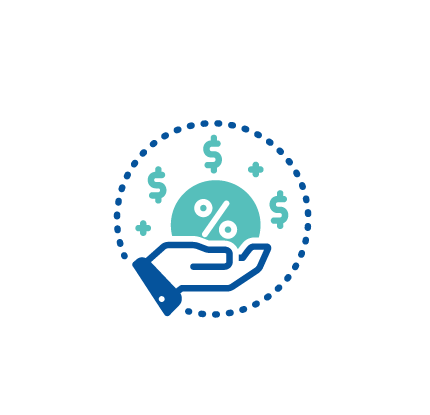

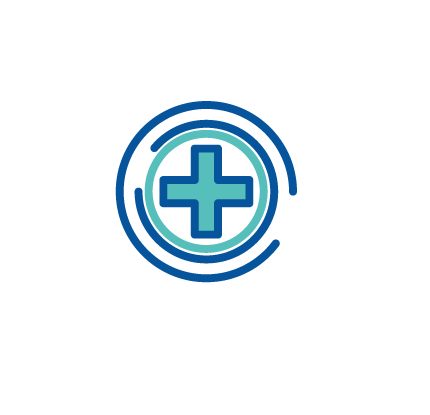



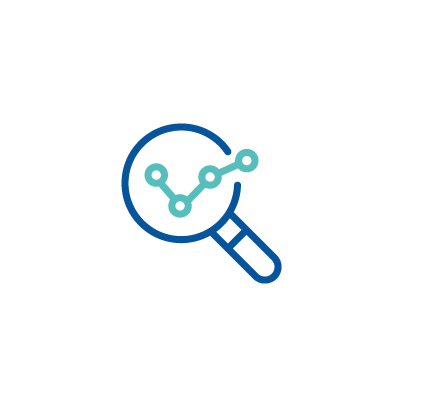
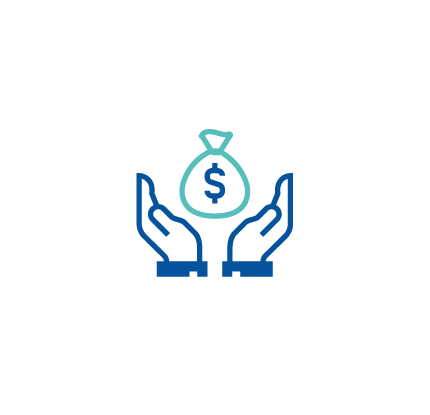

USI
CLIENT

�$66,000
HSA Savings (compared to 401(k))
Thank you for your interest. A USI representative will contact you.